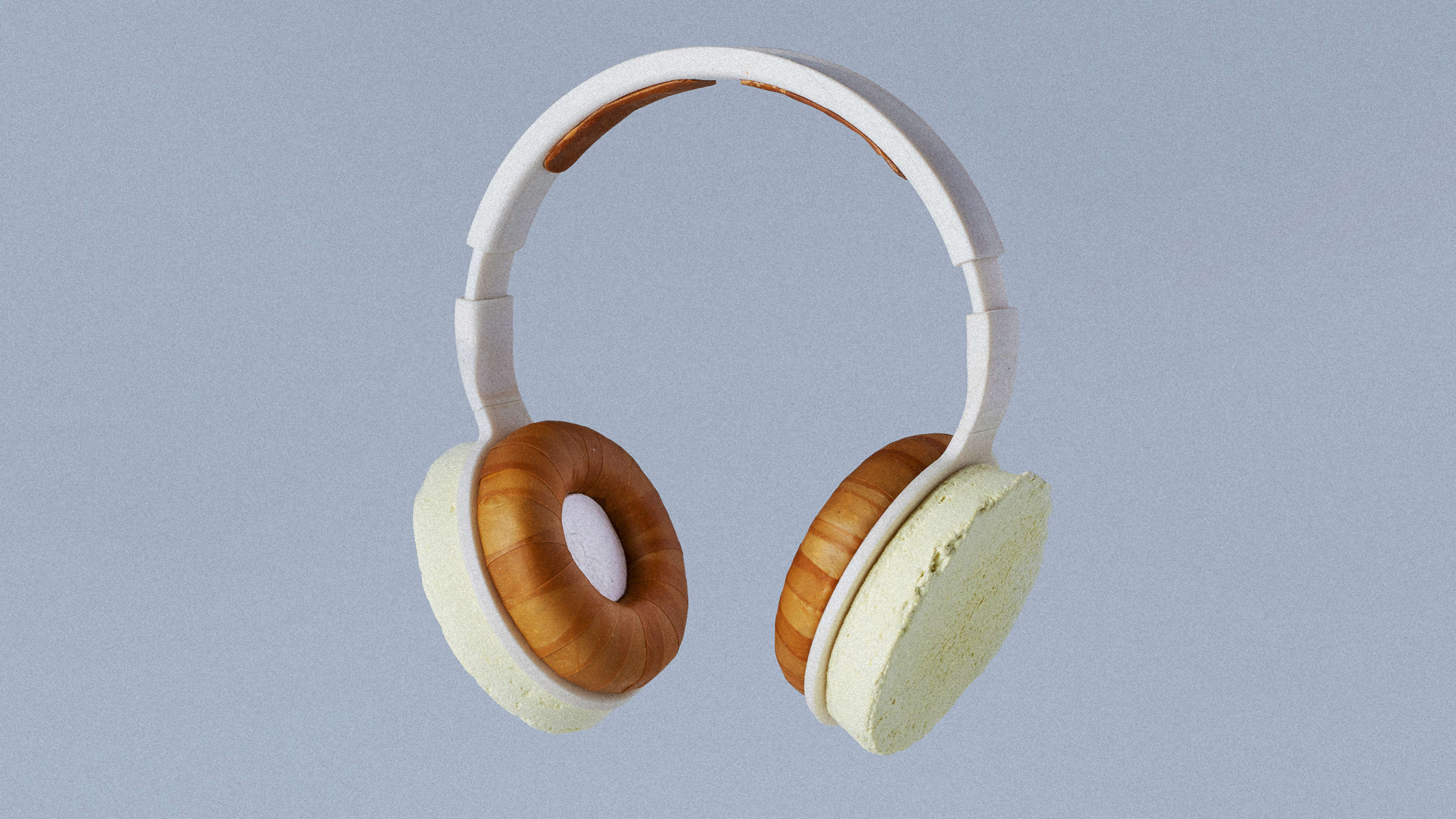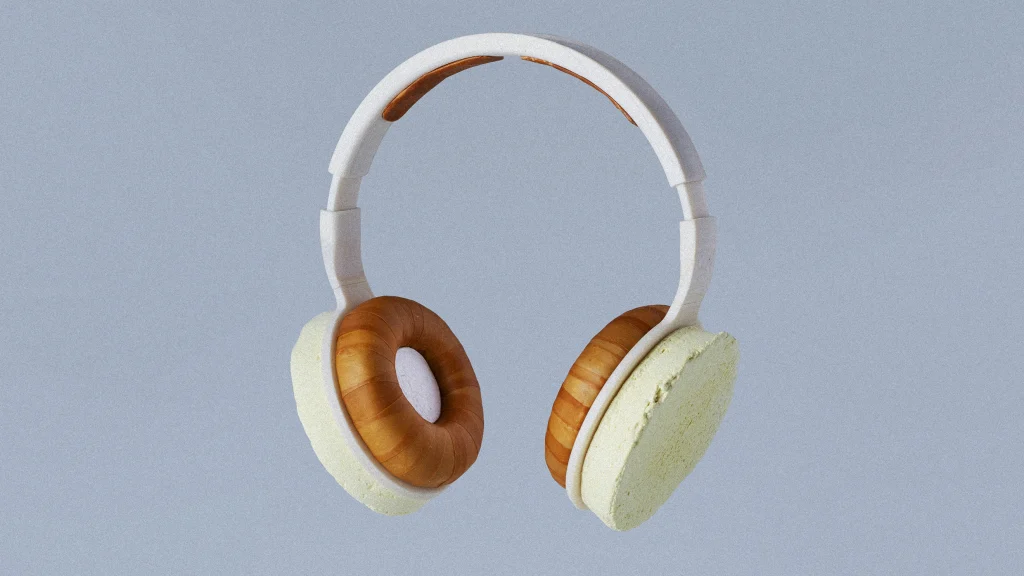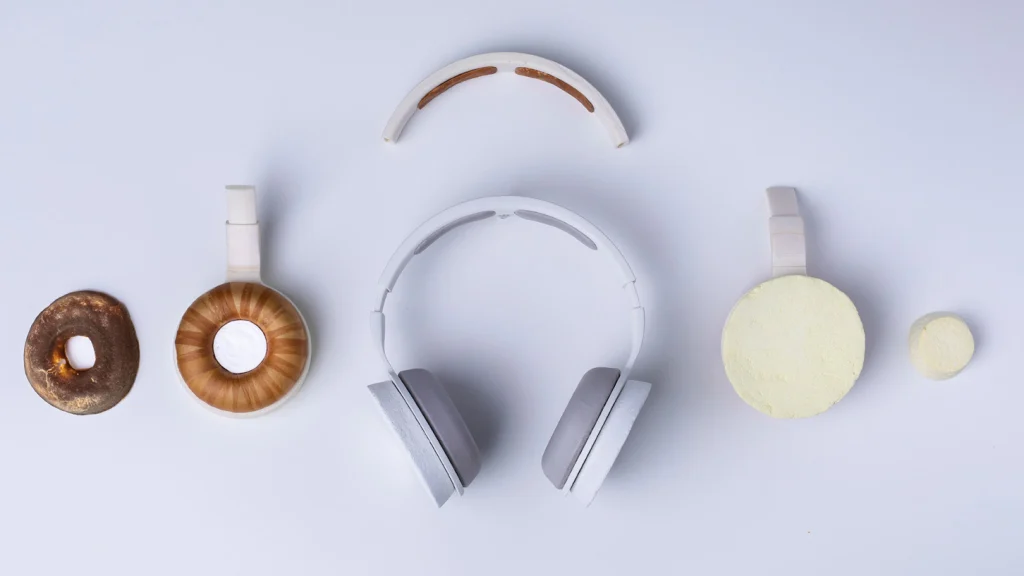The headphones are gorgeous. The headband glows in a Dieter Rams white. Chestnut-colored leather cups your ears. It’s hard to believe that I’m looking at something that’s been produced by yeast, fungus, and bacteria, rather than metal, plastic, and animal skin.
Korvaa is the world’s first microbe-grown set of headphones, a conceptual prototype produced through a collaboration between the VTT Technical Research Center of Finland, Aalto University, and the Finnish design firm Aivan.
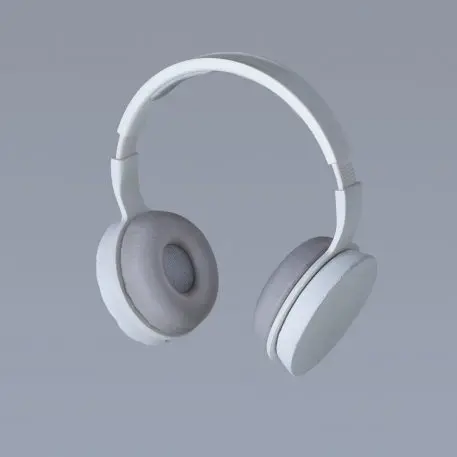
Certainly, headphones have a certain natural, consumer appeal. They’re also a superb test case for new materials in industrial design, since headphones require a mix of soft and hard components working in concert, on a form that has several moving parts and conforms to the head.
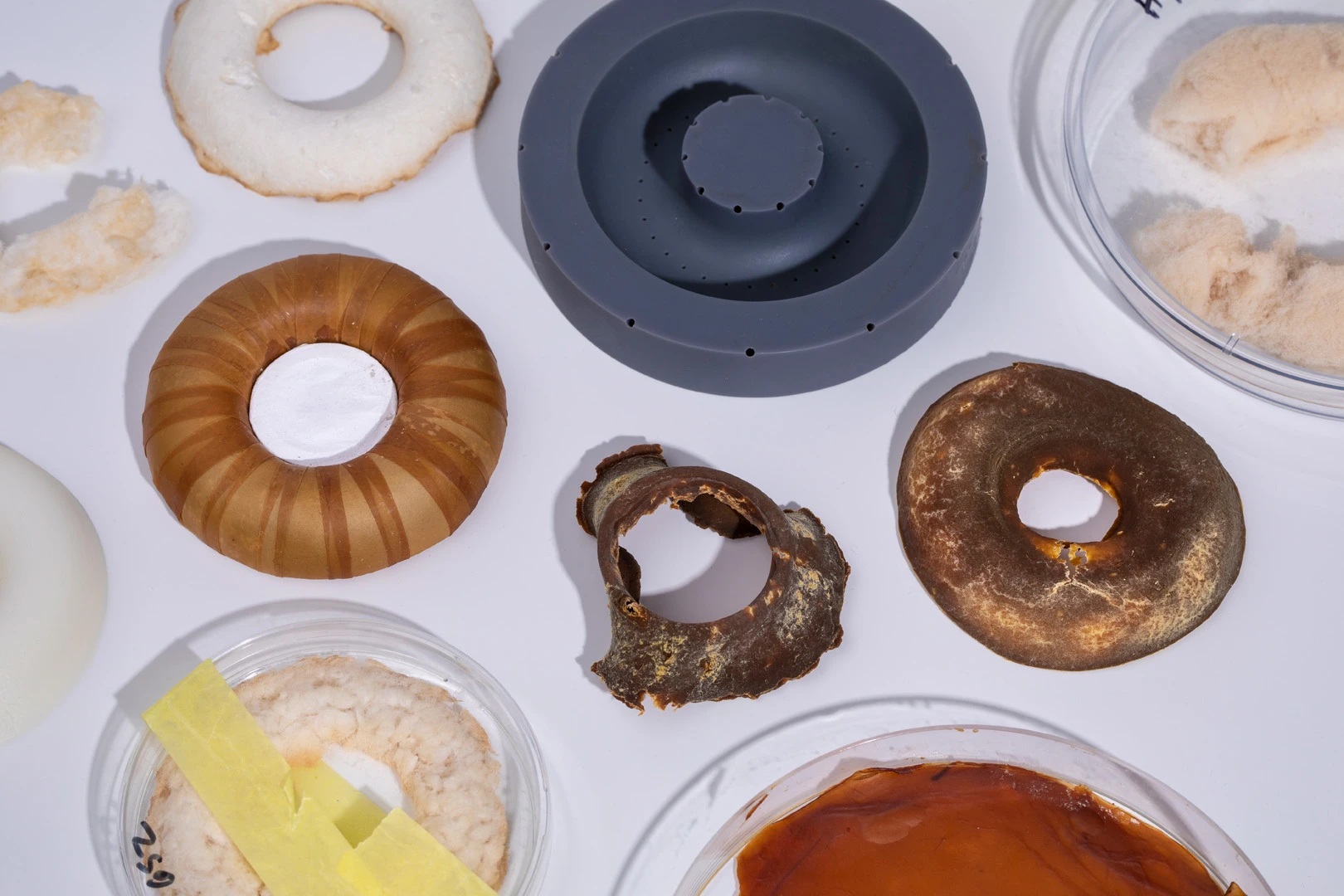
Researchers brought all sorts of wild materials to the table, which Aivan had to figure out how to work with for the first time. These materials took days to grow, often inside a mold. Some components had to be freeze-dried to eliminate lingering moisture and turn them into proper building materials. “As designers, we’re used to a process of prototyping, testing, and revising the design,” says Aivan cofounder Saku Sysiö. “There’s nothing out of the ordinary with a degree of uncertainty in any design process, but it’s rarely due to materials being grown from scratch during the process.”
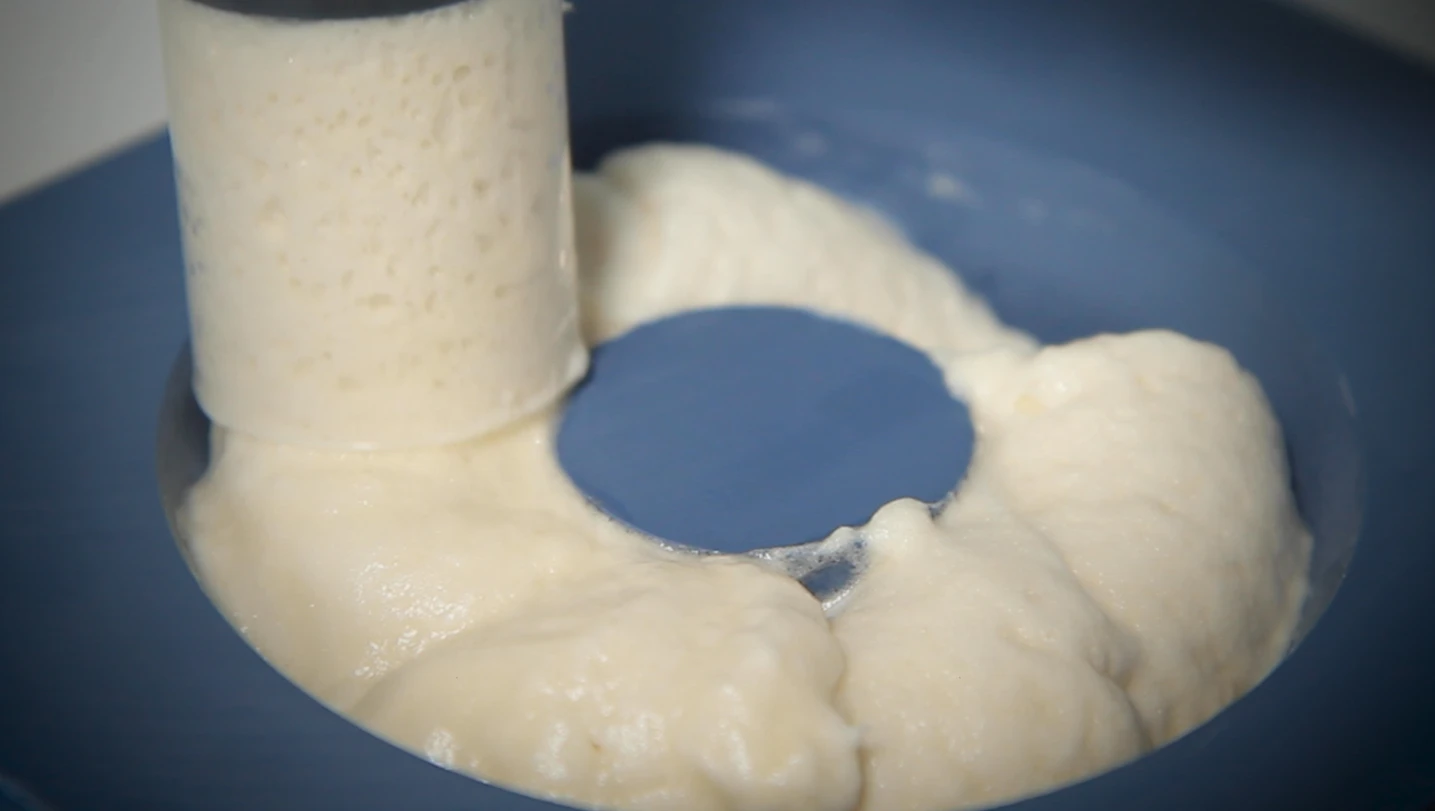
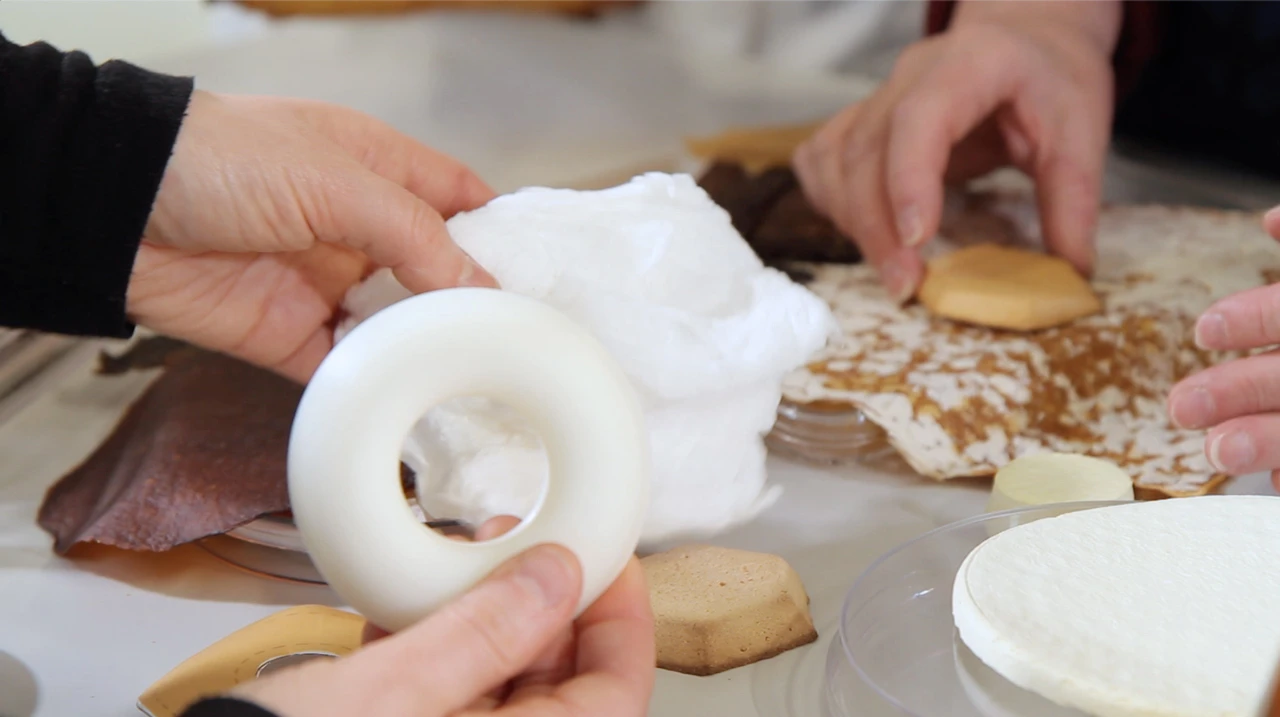
“Basically, weight-wise, it feels like your typical pair of headphones, except all electrical components and mechanics [hinges, etc.] are missing from this product concept,” says Aivan cofounder Thomas Tallqvist. “We hope to develop it further in the future.”
As companies ranging from Adidas to Starbucks investigate new materials to embrace a more sustainable and circular economy, we surely haven’t seen the last of microbe-made foams and plastics. But allow me to be the first to say, I can’t believe designers and scientists are already able to use yeast and fungus to produce a pair of headphones I’d not just be willing to wear, but I wish I could buy.
Recognize your brand’s excellence by applying to this year’s Brands That Matter Awards before the early-rate deadline, May 3.
